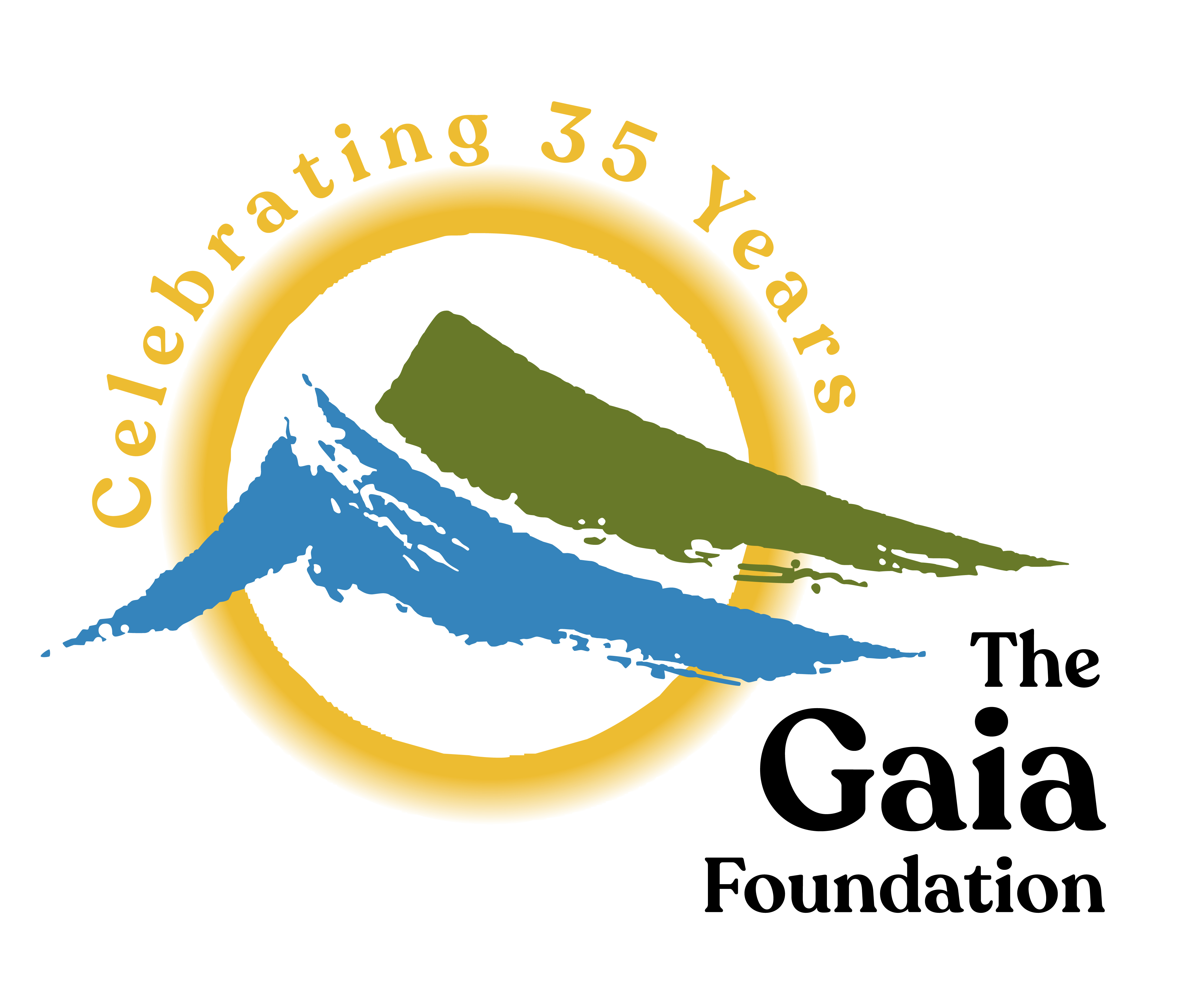Sacred Lands and Wilderness
Protecting sacred natural sites and territories, and the rights of traditional custodians, through legislation, policy, inter-generational learning, wilderness experience and habitat restoration.
We recognise that sacred lands and wilderness areas are critical for maintaining the health of the Earth, upon which the health of all communities depend.
The whole Earth is sacred. Within the body of our Earth there are places which are especially sensitive, because of the special role they play in ecosystems. We call these places sacred natural sites. Each sacred natural site plays a different but important role, like the organs in our body. All of life is infused with spirit. (African Community Custodians Statement, 2012)
From mountains to rivers, forest groves to coral reefs, springs to wetlands, sacred natural sites are places of special cultural, ecological and spiritual significance, embedded in the territories of indigenous communities. The traditional custodians of these sites – select elders within the community or clan – are central to their protection and responsible for ceremonies to maintain the health of the ecosystem and the community. However, the impact of colonisation, missionaries and globalisation has severely fractured the networks of sacred sites and the traditional practices for safeguarding them.
Gaia has been working with partners and sacred site custodians across the Amazon and Africa to protect these sites and ancestral lands, and to revive the rituals and customary laws and governance systems, restoring confidence in that which has traditionally woven the community and ecosystem together. Through community dialogues, eco-cultural mapping, knowledge exchange and coalition building, we work together to assert their right to observe their ancestral responsibilities – which have conserved their territories for millennia – and to enhance their long-term resilience, rooted in their identity. These customary governance systems are derived from the laws of the Earth, which is what has enabled indigenous communities to live in harmony with Nature for millennia.
Sacred Natural Sites and community governing systems bring to the fore the true meaning of a sustainable relationship with Earth. Wisdom shows that the impacts of an immoral behaviour with Earth does not spare communities and their cultures. (Nnimmo Bassey, Director, Health of Mother Earth Foundation).
Right now, many of those with whom we work are on the frontline of landgrabbing for mining, industrial agriculture, tourism or so-called ‘development’ projects. As they stand up to defend their sacred lands, we provide strategic and international solidarity through media, small grants, advocacy and movement building, particularly through the Yes to Life No to Mining movement. At policy level, we have a special focus on establishing sacred lands, wilderness areas, world heritage sites, community conserved and all forms of protected areas, as off-limits for extractive and other destructive industries as a minimum standard. Over the last decade we have gained recognition at regional and international levels of the importance of indigenous sacred natural sites and territories as no-go areas, and the rights of custodian communities.
You can find out more about the practical ways in which we work with indigenous communities and policy makers, to safeguard sacred natural sites and territories, by exploring the links, materials and films below.

Going Deeper: Gaia's Approach to Sacred Natural Sites & Ancestral Lands
Gaia is working with partners and indigenous communities from Africa to the Amazon. We are building alliances with custodian communities, supporting them to secure their rights and protect their sacred natural sites and ancestral lands from the many threats they face. Read more

International and Regional Policy: IUCN and African Commission Resolutions
Thanks to Gaia’s advocacy work with partners and custodians, landmark policy recommendations have been secured for the recognition of sacred natural sites and territories, and for ‘no-go areas’ to protect sacred lands, wilderness and all protected areas from mining and other destructive activities. Read more

Small Grants: Ashaninka Communities Link Up Across Brazil and Peru
An exciting initiative (Yorenka Tasori) led by APIWTXA, the association of Ashaninka people of the Amônia River in Brazil, is reaching out to Ashaninka elders and communities in Peru - building common strategies to revitalise their culture and protect their ancestral lands Read more

Ethiopia and Benin Support Community Protection of Sacred Natural Sites
From the banks of the Ouémé River in Benin to the Bale Mountains of southeast Ethiopia, Gaia is working with local partner organisations to empower local communities and traditional elders to protect their sacred forests and stand firm against the rise in landgrabbing. Read more
Related news

Koitajoki: flagship re-wilding of a Finnish river gets underway
In this article our Finnish partners Snowchange announce the launch of a new, world-leading effort to re-wild the Finnish-Russian Koitajoki River System using a combination of science and traditional knowledge…. Read More

International Day for Biodiversity: Indigenous and local communities nurture life
“There is no God bigger than the sun, the moon, the air and the water… No matter how tall our buildings get and how high in the sky we fly, if… Read More
Useful reports & publications

Recognising Sacred Natural Sites and Territories in Kenya
Our 2012 report, produced with the African Biodiversity Network and the Institute for Culture & Ecology, provides analysis of Kenya’s legal and policy framework, and recommendations for securing greater recognition of the country’s sacred… Read More

Mining & Its Impacts on Water, Food Sovereignty & Sacred Natural Sites and Territories
This Report exposes the existing and likely impacts of mining and extractive activities, with a focus on the districts of Hoima and Buliisa in Bunyoro, Uganda. Building on the earlier… Read More









